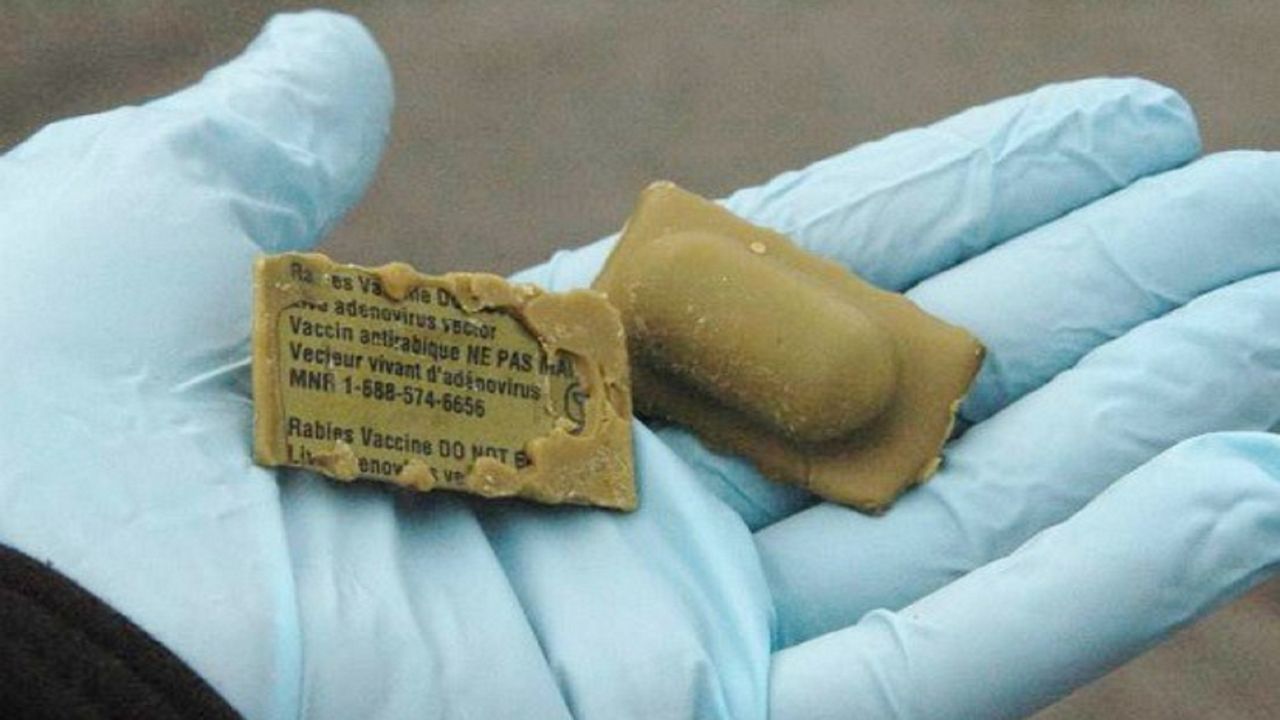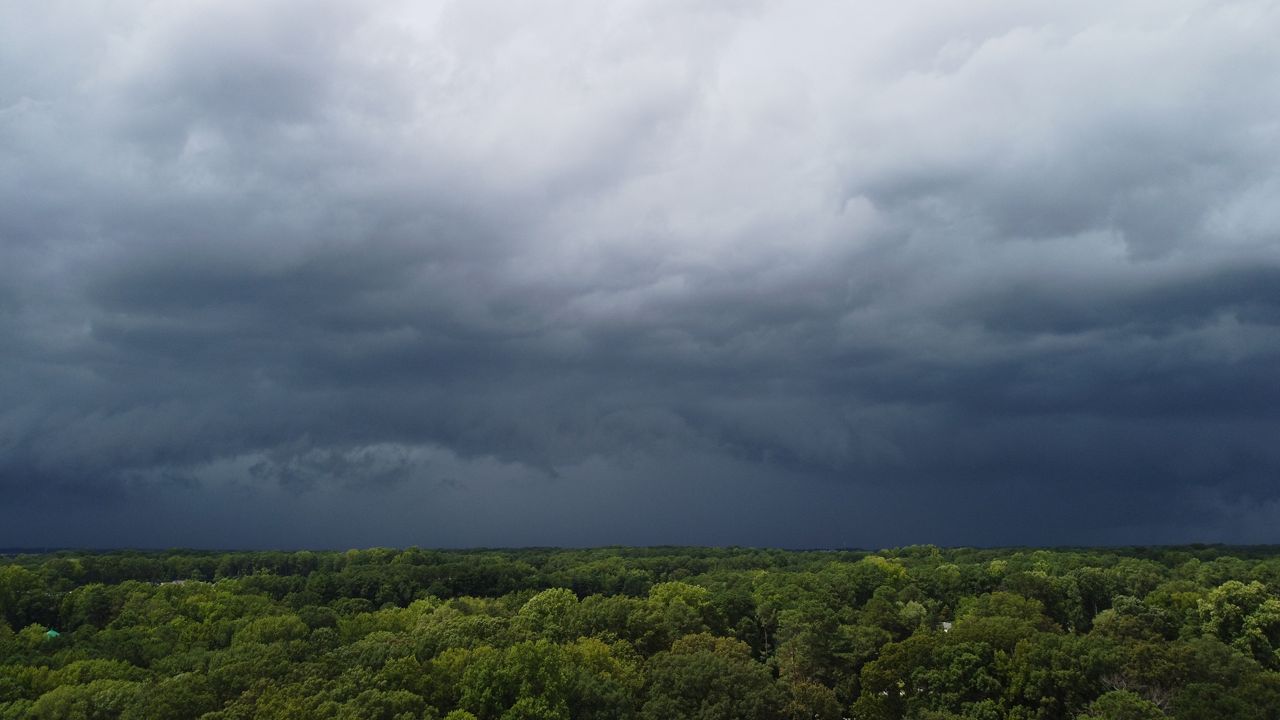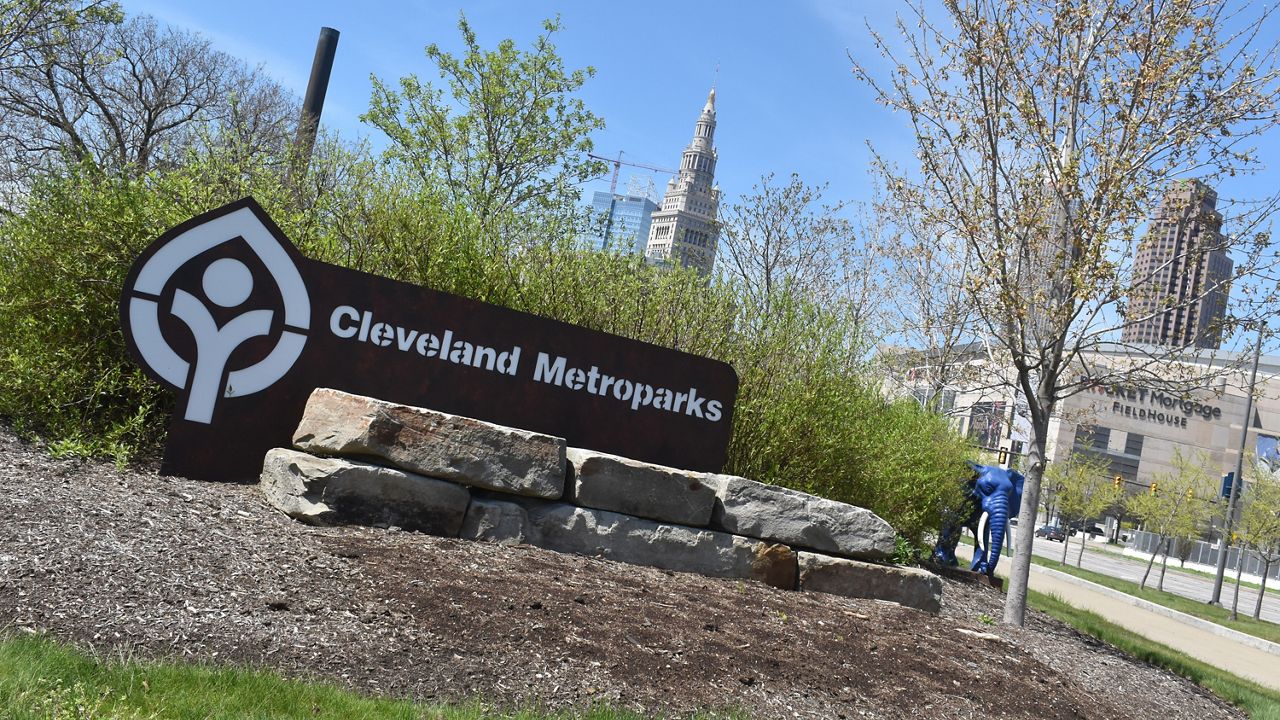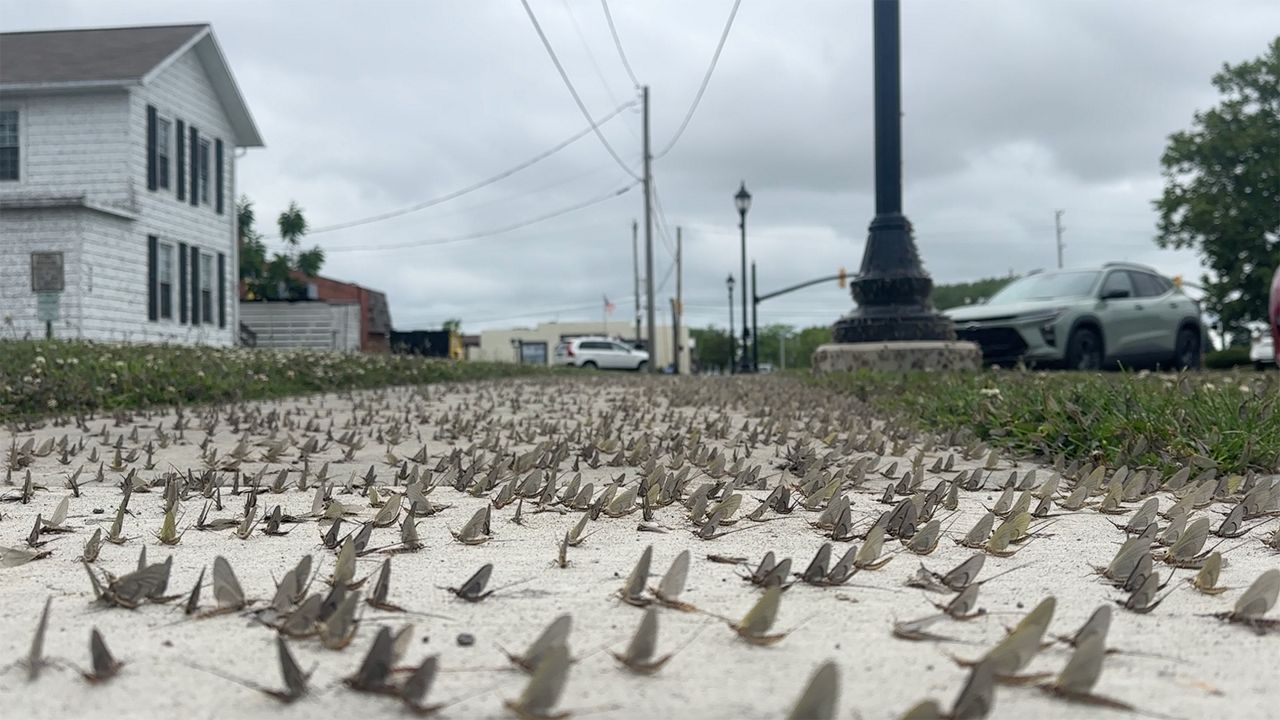OHIO — Departments have partnered across the state and federal levels to help keep a specific woodland creature safe: the raccoon.
The Ohio Department of Health, Plant Health Inspection Service Wildlife Services and the United States Department of Agriculture partnered with several other state agencies to create a program to immunize raccoons for rabies using an oral rabies vaccine. The vaccine is placed in baits that are spread across northeast Ohio.
This program was created when a new strain of rabies was introduced into northeast Ohio from Pennsylvania in 1996.
Baits laced with the vaccine are dropped in several different ways. For rural areas fixed wing aircraft distribute them, while in urban and suburban neighborhoods they are spread through low-flying helicopters and ground vehicles.
For the 2024 fall operation, bait was spread from July 29 through Aug. 24 in 11 counties, Ashtabula, Belmont, Carroll, Columbiana, Geauga, Harrison, Jefferson, Lake, Mahoning, Portage and Trumbull. In total, approximately 475,000 vaccines were spread by ground and air.
Ohio is one of seven states using the ONRAB vaccine which is enclosed one inch by two inch pack filled with the vaccine and covered with a sweet-smelling dark green waxy coating. ONRAB does not contain rabies virus, but a gene from the rabies virus that causes raccoons and skunks coming into contact to produce antibodies to protect them. If consumed, it should vaccinate the animal against rabies.
ODH said while the baits are targeted to raccoon habitat, some baits may land in areas frequented by people and their pets. Dogs are attracted to the baits in particular, but ODH said ingesting the vaccine should not harm pets. However, if a large number is consumed the pet may have temporary vomiting or diarrhea and ODH recommends contacting a veterinarian as a precaution.
The baits should be left undisturbed, but ODH said intact ones can be moved from near lawns and driveways, or where children and pets may find them. Damaged baits should be bagged and disposed in the trash.
ODH said contact with the intact baits in not harmful, but gave instructions on handling baits:
- Wear gloves or use a paper towel when picking up the bait
- Toss intact baits into a fence row, woodlot, ditch, or other raccoon habitat area
- Wash your hands well with soap and water after any skin contact with damaged baits











